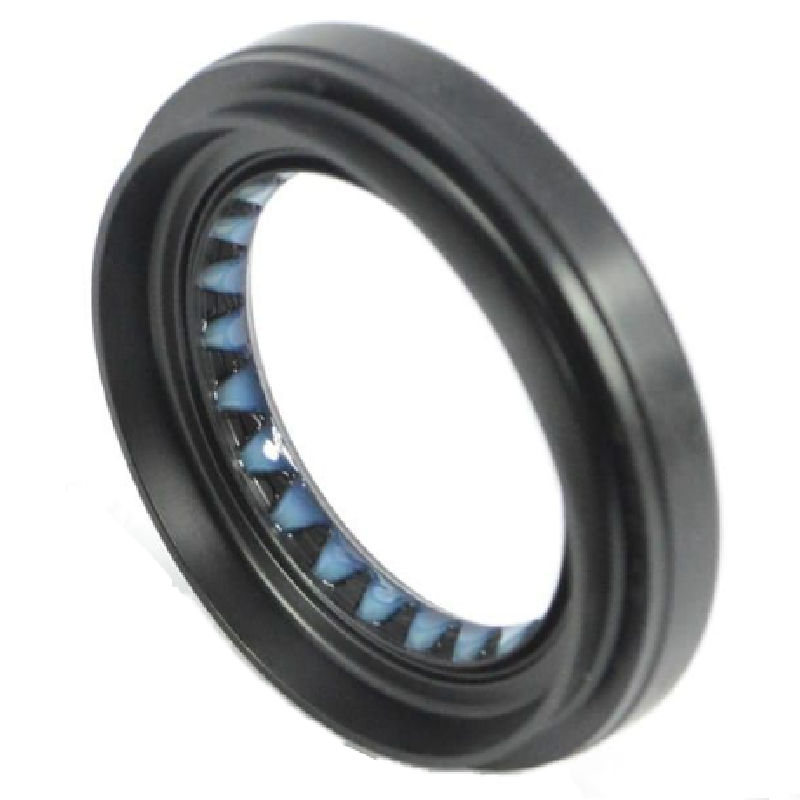automatic transmission seal
Understanding Automatic Transmission Seals Functions, Types, and Maintenance
Automatic transmission seals are critical components in the operation of vehicles equipped with automatic transmissions. These seals ensure that the transmission fluid remains contained within the system, preventing leaks and protecting the internal components of the transmission. A well-functioning seal plays a pivotal role in maintaining the performance, safety, and longevity of the vehicle.
Functions of Automatic Transmission Seals
1. Fluid Retention The primary function of automatic transmission seals is to retain transmission fluid. This fluid is vital for lubricating the transmission's moving parts, allowing smooth gear shifts, and facilitating hydraulic pressure required for operation. If the seals are worn or damaged, fluid can leak out, leading to low fluid levels and potential transmission failure.
2. Friction Management Seals also help manage friction within the transmission system. By maintaining appropriate fluid levels and reducing friction between moving components, seals contribute to the overall efficiency and responsiveness of the transmission.
3. Contamination Prevention Effective seals prevent dirt, debris, and other contaminants from entering the transmission, which can lead to premature wear and failure. This protective function is essential for ensuring the cleanliness and integrity of the transmission fluid.
4. Heat Resistance Transmission seals are designed to withstand the heat generated by the friction of moving parts. This heat resistance is crucial for preventing seals from degrading over time, which can result in leaks and operational issues.
Types of Automatic Transmission Seals
There are various types of seals used in automatic transmissions, each designed for specific applications
1. Input Shaft Seal This seal is located at the front of the transmission and prevents fluid from leaking out where the input shaft connects to the engine. A failure in this seal can lead to significant fluid loss.
automatic transmission seal

2. Output Shaft Seal Positioned where the transmission connects to the driveshaft, this seal prevents fluid from escaping and also keeps contaminants out.
3. Shifter Seal This seal is located around the shifter mechanism. It helps to keep transmission fluid contained while allowing for the movement of the shifter.
4. Pan Gasket Seal The pan gasket, although a bit different from typical seals, serves to keep the transmission fluid within the oil pan. A leaky pan gasket can lead to fluid loss and requires replacement.
5. Valve Body Seal These seals ensure that fluid is directed correctly through the valve body, which is crucial for the shifting process to occur smoothly.
Maintenance and Replacement
Maintaining automatic transmission seals is essential for the overall health of the transmission. Regular maintenance checks should include inspecting seals for signs of wear, such as cracks, leaks, or hardening. Maintaining proper fluid levels and replacing transmission fluid as recommended by the vehicle manufacturer can also prolong the life of the seals.
If leaks are detected, it is important to address them promptly. Ignoring a leaking seal can lead to more significant problems, including transmission overheating and eventual failure. Replacing seals typically involves disassembling portions of the transmission, which can be labor-intensive. For this reason, many vehicle owners choose to have this service performed by a professional mechanic.
Conclusion
Automatic transmission seals may be small components, but they play a vital role in the efficiency and functionality of a vehicle's transmission system. Understanding their functions, types, and importance can help vehicle owners make informed decisions about maintenance and repairs. By ensuring that these seals remain in good condition, drivers can enhance their vehicle's performance, extend the life of the transmission, and avoid costly repairs down the road. Regular inspections and timely replacements are key to sustaining the reliability of automatic transmissions and enjoying a smooth driving experience.
-
Understanding Automotive Oil Seals: Essential Components for Engine and Shaft Protection
News Jul.30,2025
-
The Importance of Heavy Duty Seals in Industrial and Residential Applications
News Jul.30,2025
-
Exploring Industrial Oil Seals: From Felt Oil Seals to TTO and CFW Solutions
News Jul.30,2025
-
Essential Guide to Oil Seals: From Radial to Metal-Cased Seals for Industrial Reliability
News Jul.30,2025
-
Choosing the Right Oil Seals and Gaskets for Industrial and Automotive Applications
News Jul.30,2025
-
Cassette Seals: Durable Sealing Solutions for Harsh Environments
News Jul.30,2025
-
Understanding the Front Main Engine Seal: Purpose, Maintenance, and Installation
News Jul.29,2025
Products categories















